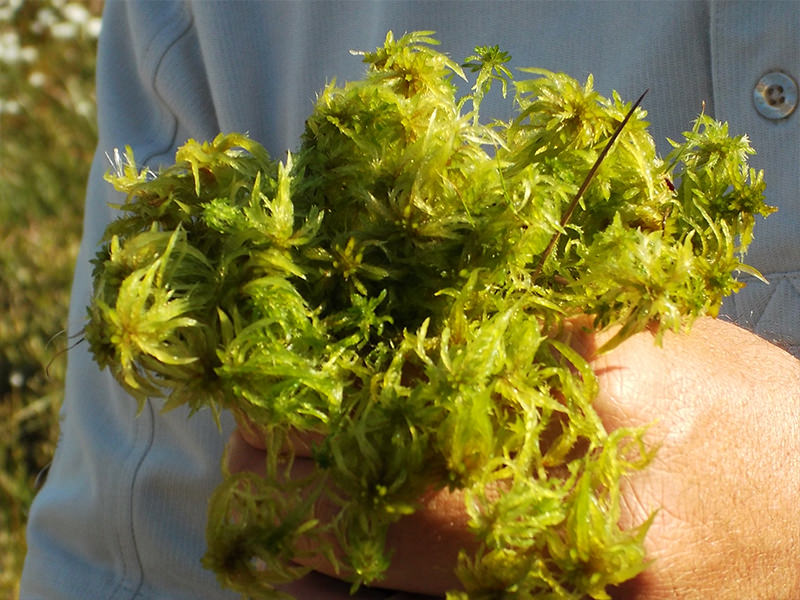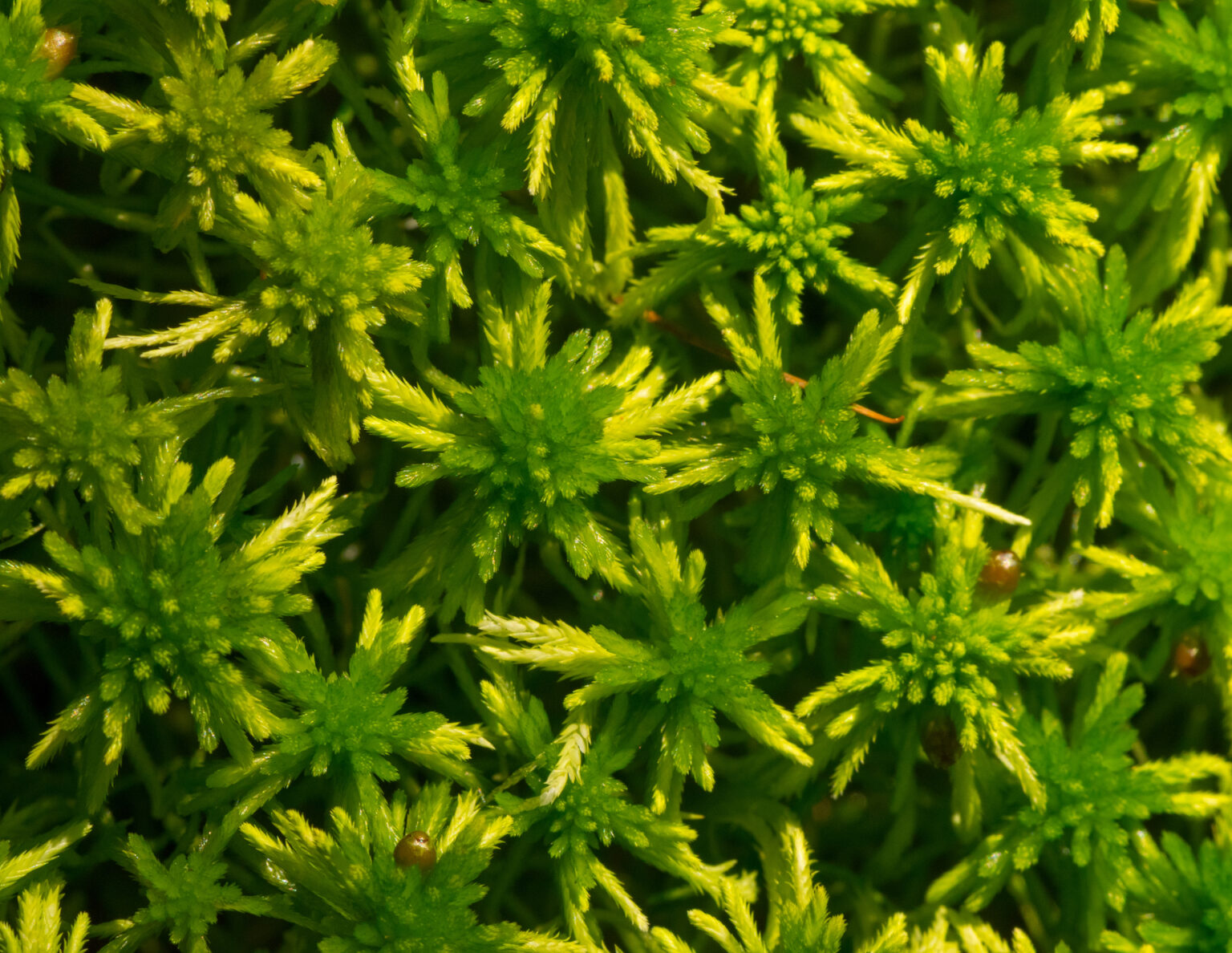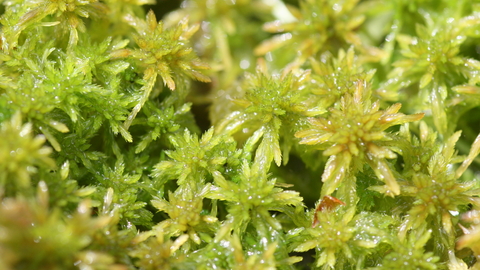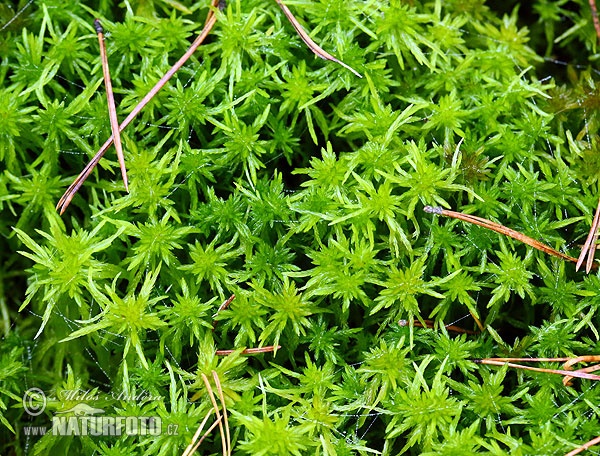
image from: http://countrygardener.ca/what-is-sphagnum-peat-moss-and-where-does-it-come-from/
Sphagnum oxyphyllum Warnst.: The Fascinating Moss of the Sphagnaceae Family

image from: https://gardentabs.com/sphagnum-moss/
Introduction
When it comes to the world of mosses, few are as intriguing as Sphagnum oxyphyllum Warnst. This unique species, part of the Sphagnaceae family commonly known as Sphagnum or peat mosses, plays important ecological roles and has some remarkable adaptations. In this blog post, we’ll take a closer look at this fascinating moss.
Background on Sphagnum Mosses
image from: https://www.iucn-uk-peatlandprogramme.org/news/innovative-reintroduction-sphagnum-mosses-vital-restoration-upland-peatbogs
Sphagnum
image from: https://www.carnivorousplantsociety.ca/index.php?threads/live-sphagnum-moss.506/
mosses are non-vascular plants in the division Bryophyta and class Sphagnopsida. There are around 380 Sphagnum species worldwide, typically found in bogs, fens, and other wetland habitats. Sphagnum mosses lack roots and instead absorb water and nutrients through their entire surface.
Morphology and Identification
Sphagnum oxyphyllum Warnst. forms dense mats or hummocks. Its leaves are arranged spirally around the stem and have a unique cell structure with large, empty hyaline cells perforated by pores alternating with narrow, green chlorophyllose cells. The species name “

image from: https://www.wetlands.org/our-ambition/peatlands-healthy-wetlands/sphagnum-moss/

image from: https://www.youtube.com/watch?v=N55cTuspejY

image from: https://www.wildlifetrusts.org/wildlife-explorer/mosses-and-liverworts/sphagnum-moss
oxyphyllum” means sharp-pointed leaves. Sporophytes are rarely produced.
Global Distribution and Habitat
S. oxyphyllum has a scattered global distribution, reported from parts of Europe, Asia, Africa, and the Americas. It typically grows in acidic, nutrient-poor wetland habitats like bogs, often among other Sphagnum species. The ability to create and thrive in acidic conditions is a key adaptation of Sphagnum mosses.
Ecological Roles and Adaptations
Like other Sphagnum mosses, S. oxyphyllum plays important roles in its wetland ecosystems:
- Peat formation: Dead Sphagnum moss builds up as peat, storing carbon.
- Water retention: Sphagnum acts as a sponge, holding up to 20x its dry weight in water.
- Nutrient poor conditions: By acidifying its surroundings and holding nutrients in peat, Sphagnum creates bogs.
- Habitat creation: Sphagnum mats form unique microhabitats for various organisms.
Sphagnum mosses have several adaptations:
- Protonema: Germinating spores develop into a filamentous network that develops buds.
- Hyaline cells: Large empty cells with pores hold water and allow gas exchange.
- Sphagnol: A phenolic compound that acidifies the surrounding water.
- Antibiotic properties: Sphagnum peat has been used to dress wounds.
Conclusion
Sphagnum oxyphyllum Warnst. is a prime example of the unique biology and ecological importance of peat mosses. From their role as ecosystem engineers to their fascinating adaptations, Sphagnum mosses like

image from: https://pistilsnursery.com/collections/for-your-plants/products/sphagnum-moss

image from: https://www.naturephoto-cz.com/sphagnum-moss-photo-27589.html

image from: https://www.sciencephoto.com/media/502693/view
S. oxyphyllum make bogs and wetlands the distinctive habitats they are. Next time you see a carpet of moss, take a closer look – you may be gazing at an extraordinary Sphagnum species!